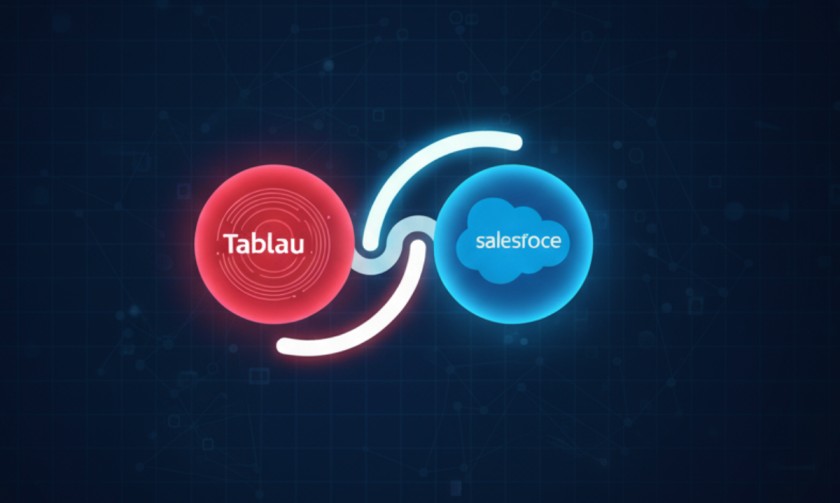In every organization, executives make decisions that shape strategy, allocate resources, and determine long-term success. The challenge is that these choices often need to be made quickly, with limited time to analyze piles of reports or scattered data. That’s where real-time KPI dashboards come into play. They bring clarity to complexity, helping leaders base their decisions on live, reliable, and visualized information.
This article explores how real-time KPI dashboards transform executive decision-making, why they’ve become essential for effective leadership, and what best practices ensure they deliver measurable value.
Understanding the Role of Real-Time KPI Dashboards
A KPI (Key Performance Indicator) dashboard is a visual tool that consolidates important business metrics into one view. A real-time dashboard goes beyond static reporting, it updates automatically as new data flows in from operational systems, sales tools, customer platforms, or supply chains.
Instead of waiting for weekly or monthly reports, executives can see live insights about sales trends, financial performance, and operational efficiency. Real-time KPI dashboards act like a continuous health monitor for the organization, offering immediate clarity on what’s working and what needs attention.
Why Real-Time Data Matters for Executive Decisions
Executives operate in environments where change is constant, markets fluctuate, customer preferences evolve, and competition intensifies. Traditional reports often capture only a historical snapshot, leaving leaders reacting instead of anticipating.
Real-time dashboards eliminate those delays. When a KPI shifts, such as a sudden dip in revenue or a rise in production costs the system reflects it instantly. Executives can then take corrective action within hours, not weeks.
Examples include:
- A marketing leader spotting underperforming campaigns early and reallocating the budget before it’s wasted.
- A COO identifies bottlenecks in production and adjusts resources to meet delivery goals.
- A CFO monitors live cash flow trends to prevent financial disruptions.
In each case, speed and visibility make the difference between reacting to problems and preventing them.
How Real-Time KPI Dashboards Turn Data into Executive Intelligence
Executives don’t just need access to data, they need insights that support decisions. Real-time dashboards transform complex information into an easily digestible format that highlights trends and patterns.
Effective dashboards categorize information across core business functions:
- Financial performance – revenue, margins, and expense ratios.
- Customer metrics – satisfaction, churn rate, and acquisition costs.
- Operations – throughput, efficiency, and downtime.
- Sales and marketing – conversion, lead velocity, and regional performance.
By connecting multiple systems, CRM, ERP, and analytics platforms into one interface, executives gain a holistic view. This helps them identify root causes, not just symptoms. For instance, a sales decline might correlate with rising customer complaints or longer service response times. With these connections visible in real time, leaders can act decisively.
Strategic Agility Through Real-Time KPI Dashboards
One of the most powerful impacts of real-time dashboards is on organizational agility.
Executives often discuss agility as a cultural or strategic goal, but in practice, it depends on the ability to see and interpret changes quickly. When leadership teams operate with up-to-date performance metrics, they can adjust priorities, budgets, or tactics almost immediately.
During quarterly planning, for example, dashboards enable leaders to use current performance data instead of last quarter’s results. This keeps strategy flexible, decisions informed, and teams aligned.
In short, real-time dashboards help turn static planning into a dynamic, ongoing process.
Driving Transparency and Accountability
Transparency is vital for healthy decision-making. Real-time dashboards make performance data visible across leadership teams, ensuring everyone is working from the same facts.
When an executive meeting begins, participants can view live performance metrics on-screen rather than outdated spreadsheets. This creates discussions rooted in evidence rather than assumptions.
Shared visibility also encourages accountability departments can see their progress against targets, identify gaps, and make improvements proactively. While dashboards can be customized for each role, the shared data foundation ensures a consistent understanding across the organization.
Avoiding Common Dashboard Pitfalls
While the advantages are significant, dashboard initiatives can fail if poorly designed. Common issues include information overload, unclear metrics, or unreliable data sources. To avoid these problems, organizations should follow three core principles:
- Focus on clarity – Display only KPIs that directly influence executive decisions. Too much information clouds judgment.
- Ensure data integrity – Executives will only trust dashboards if the underlying data is accurate and regularly updated.
- Prioritize actionability – Every metric should lead to a potential decision or response. If it doesn’t inform action, it’s unnecessary.
Continuous feedback from decision-makers also ensures dashboards evolve alongside business priorities.
Visualization: Making Data Instantly Understandable
Executives make faster decisions when information is visual. Well-designed dashboards use charts, gauges, and trend lines to convey performance shifts at a glance.
Examples of effective visuals include:
- Line charts for performance over time.
- Heat maps for regional variations or risk levels.
- Gauge visuals for tracking KPIs against targets.
A thoughtfully designed dashboard reduces the effort needed to interpret data. Executives can see where attention is required without reading lengthy reports.
Building Dashboards That Deliver Strategic Value
To ensure real-time KPI dashboards truly enhance decision-making, their design and implementation must align with organizational goals. Key steps include:
- Start with business objectives – Identify which outcomes matter most and select KPIs that measure progress toward them.
- Engage stakeholders – Gather input from executives on what insights they need and how they prefer to visualize them.
- Integrate systems seamlessly – Connect data sources for accurate, automatic updates.
- Design for clarity and usability – Keep layouts clean, group metrics logically, and ensure mobile access when needed.
- Refine regularly – As priorities shift, dashboards should evolve to remain relevant and valuable.
When executed correctly, dashboards become a trusted guide rather than another reporting tool.
The Future of Executive Decision Support
The next evolution of dashboards lies in predictive analytics and automated insights. As technology advances, systems won’t just show what’s happening, they’ll suggest why it’s happening and what to do next.
Executives will increasingly depend on dashboards that detect anomalies, forecast trends, and provide early warnings. This shift from descriptive to predictive analytics will redefine how leaders plan and act.
Conclusion
Executives face a constant challenge: making quick, accurate decisions in environments filled with uncertainty. Real-time KPI dashboards bridge the gap between data and decision-making by offering instant visibility, clarity, and confidence.
They enable leadership teams to act on facts, not assumptions, improving strategy execution, accountability, and overall business performance. If your organization is exploring real-time performance dashboards or data analytics solutions, visit our Data Analytics Services page to learn how OzaIntel helps leaders turn live data into actionable intelligence.








